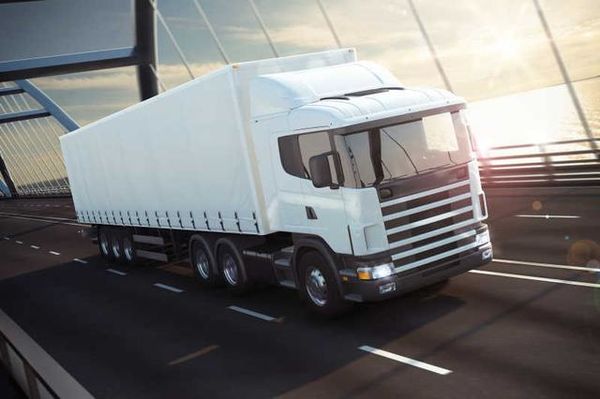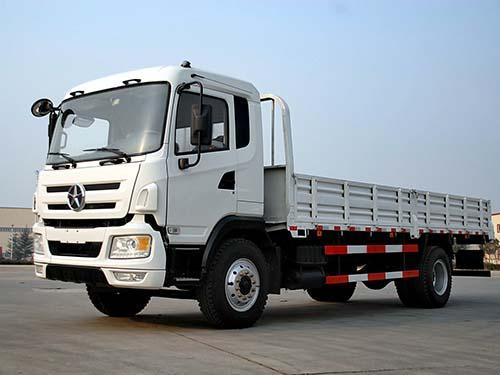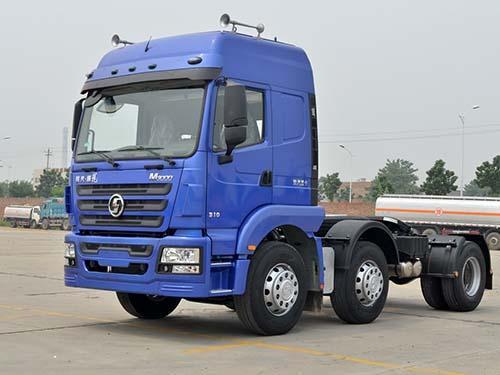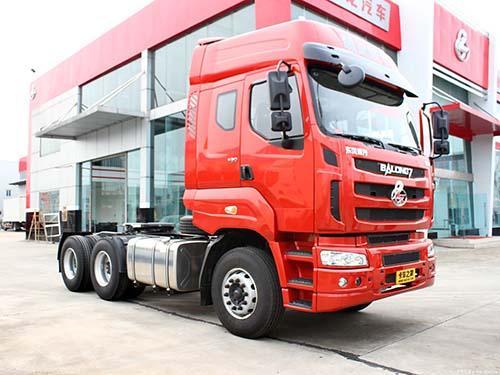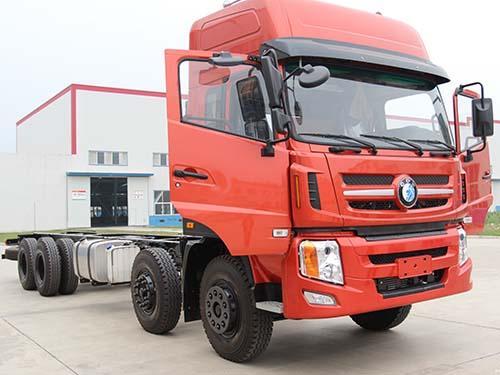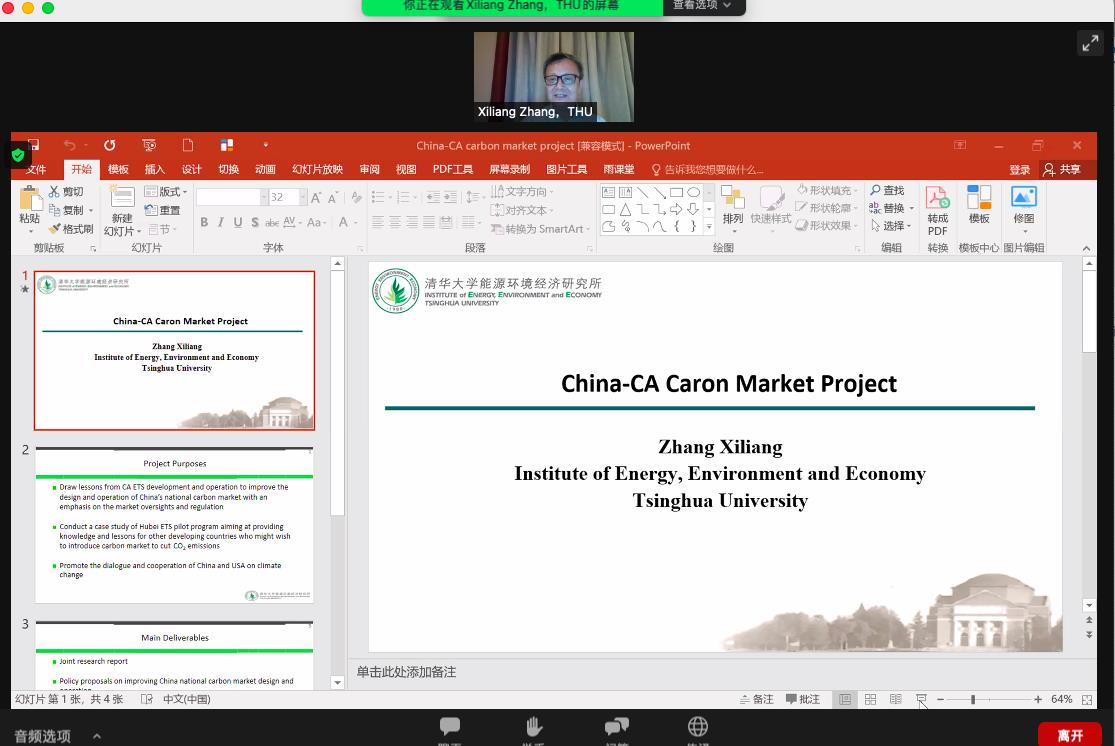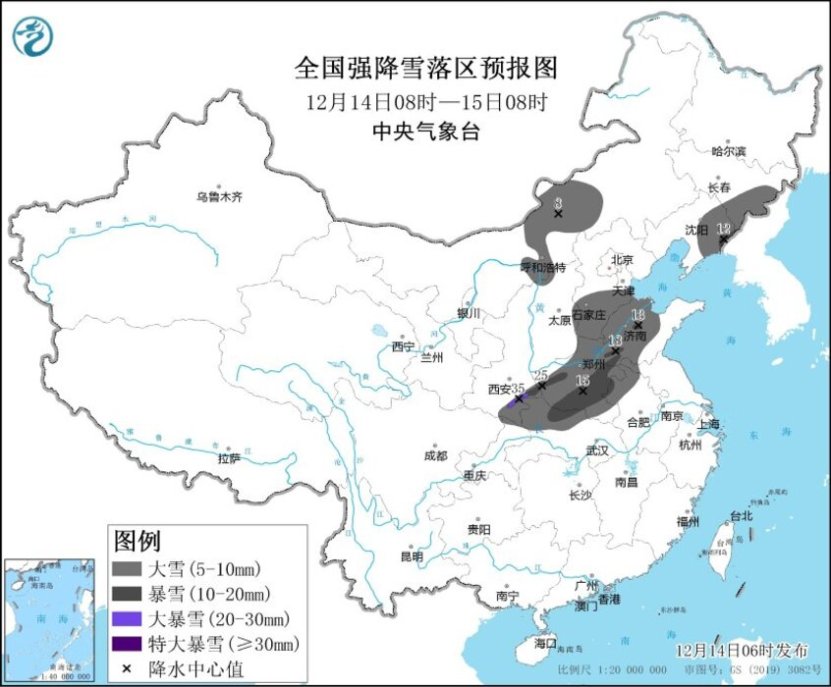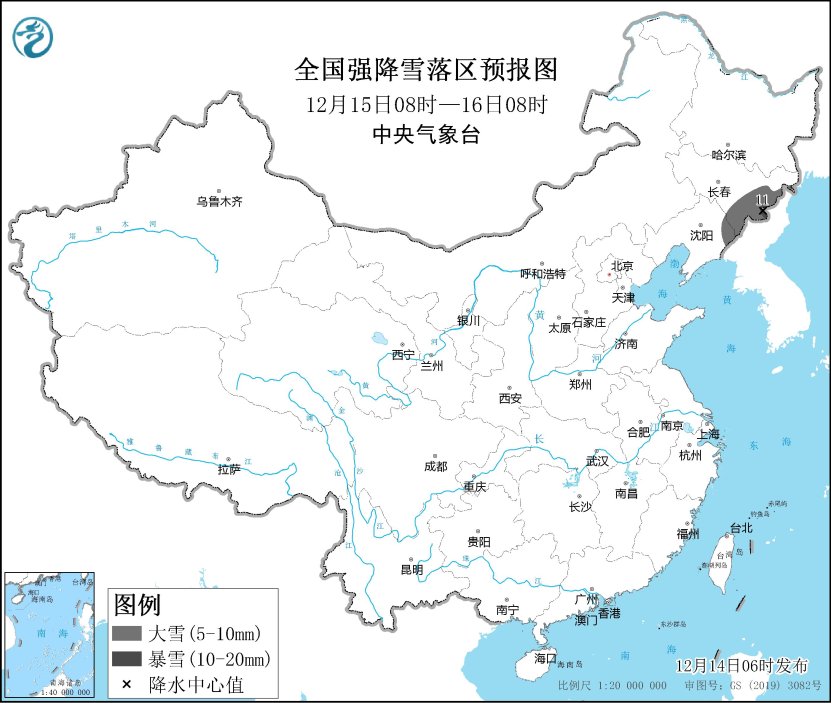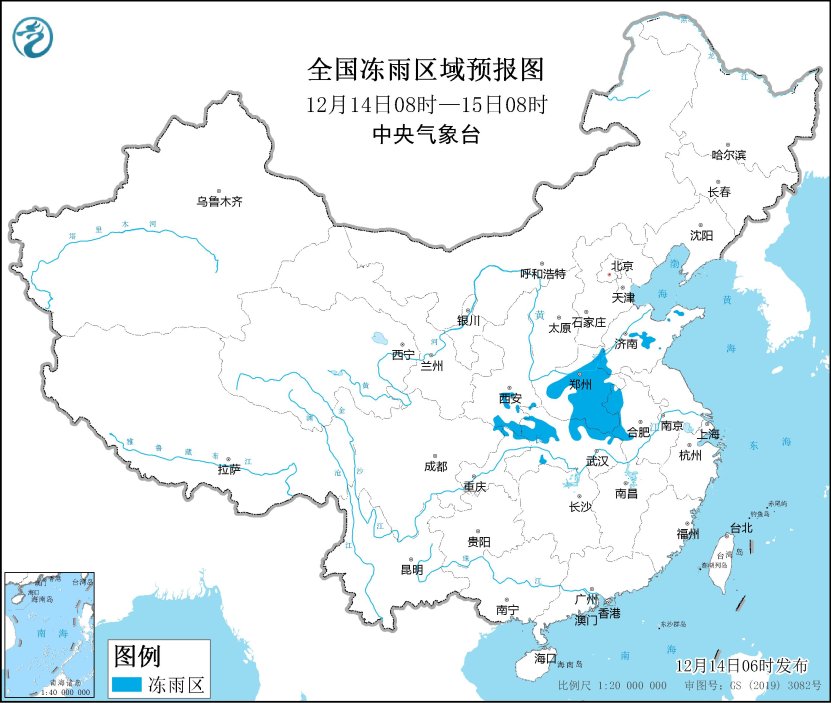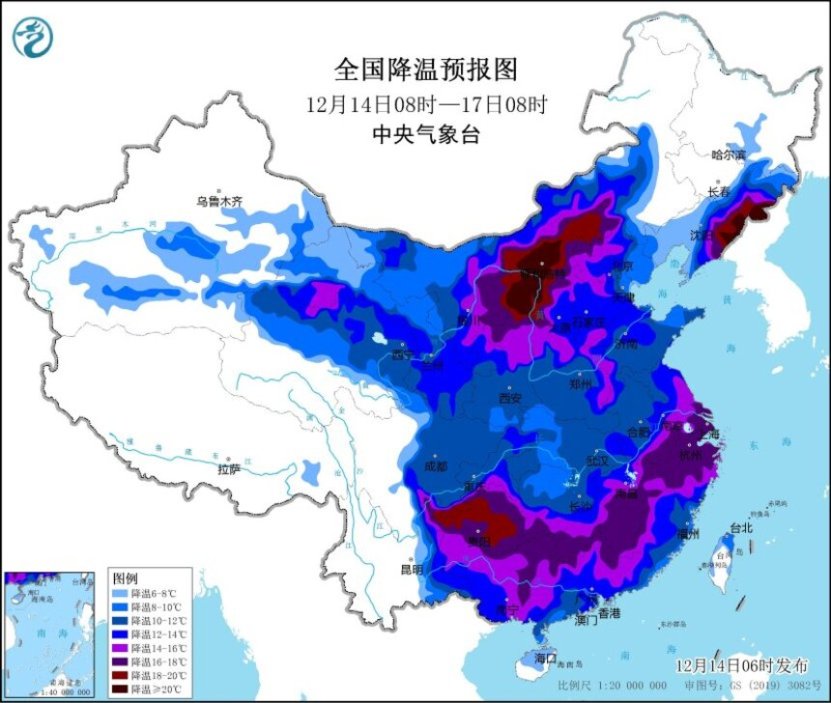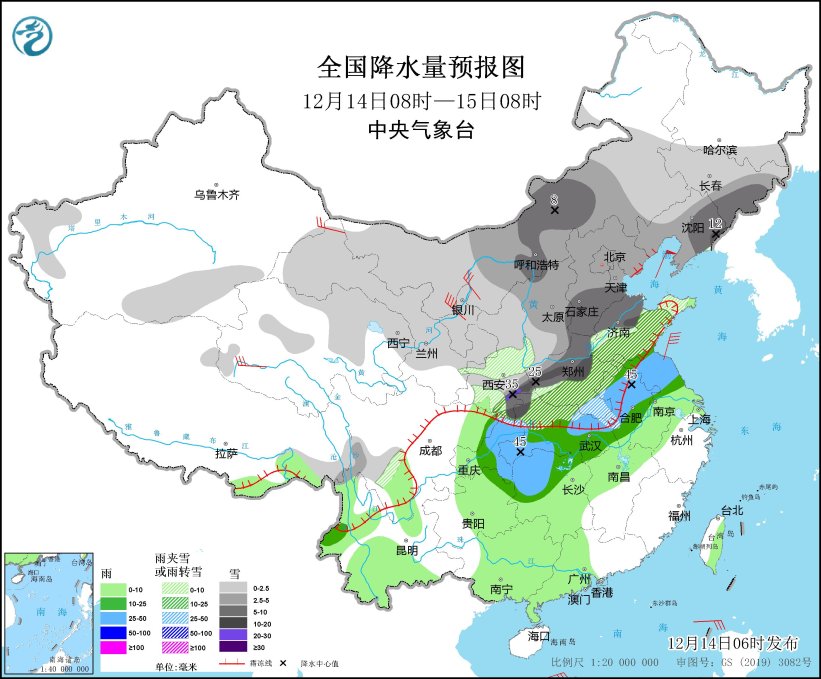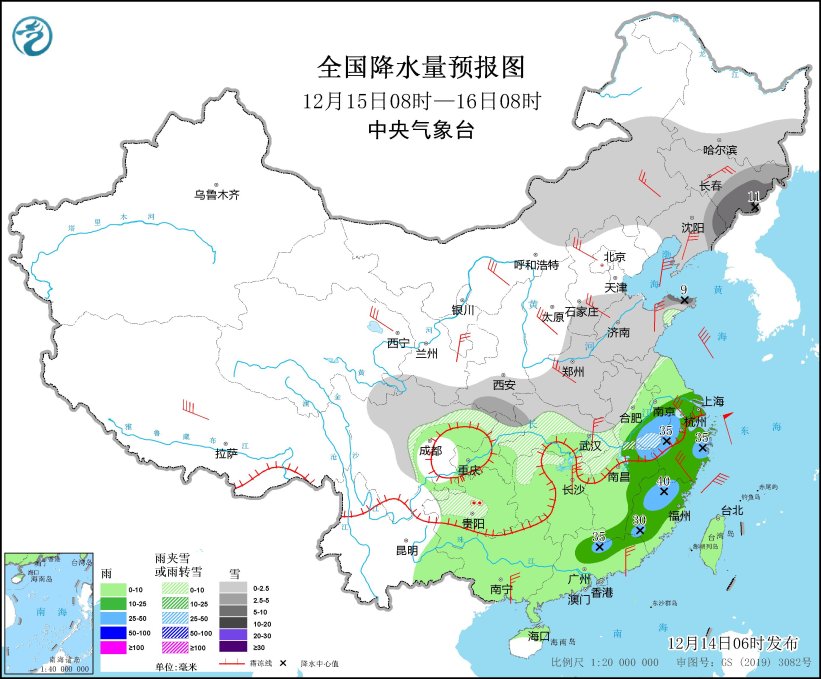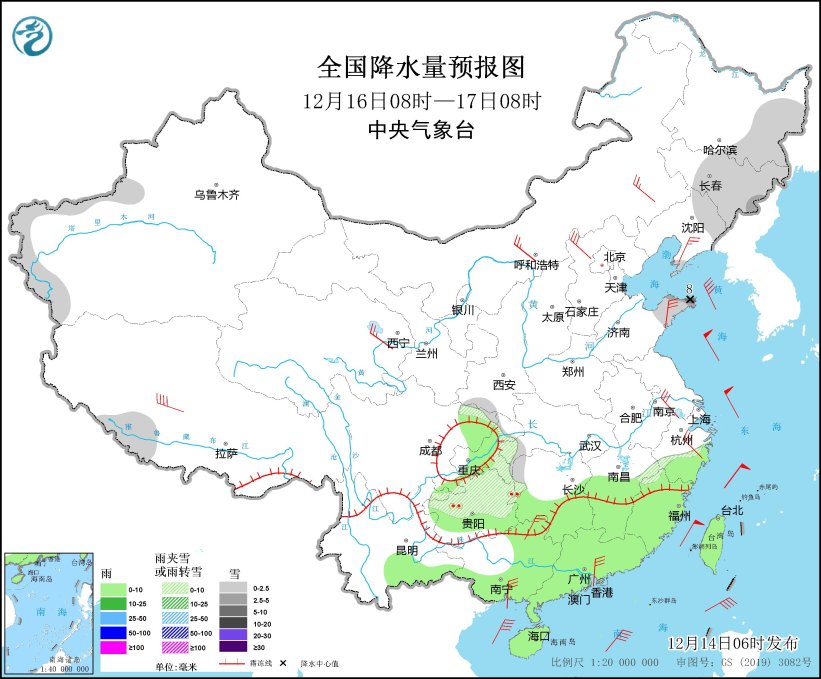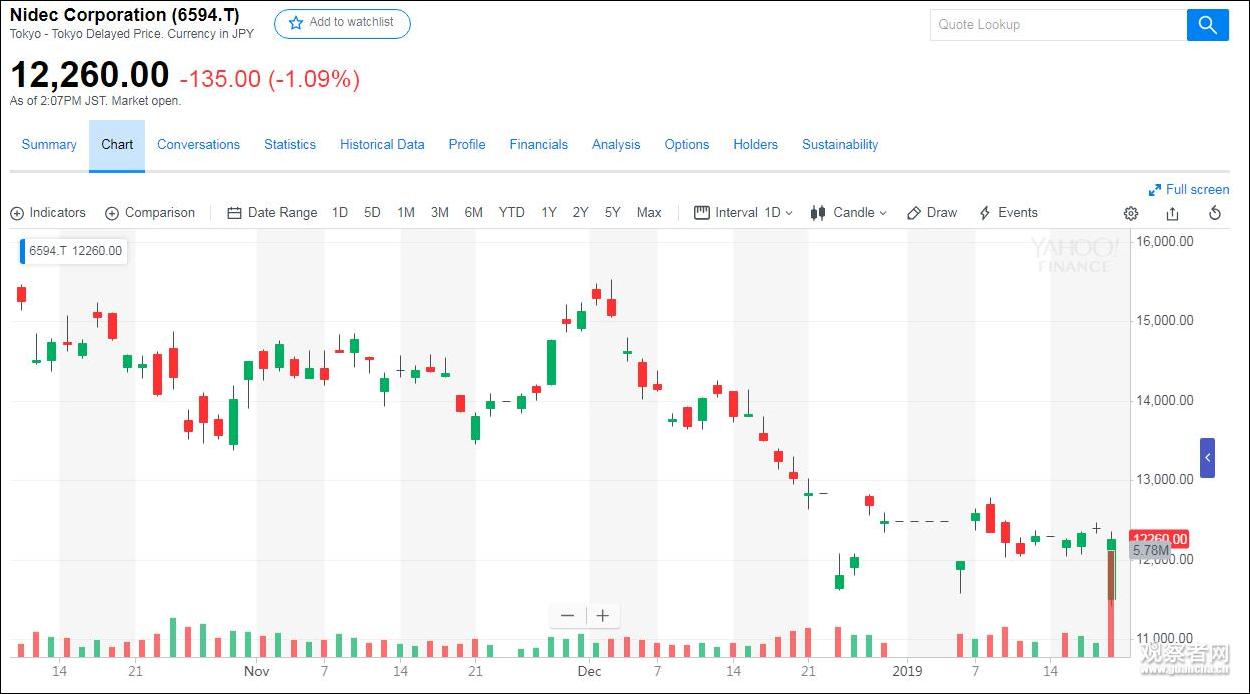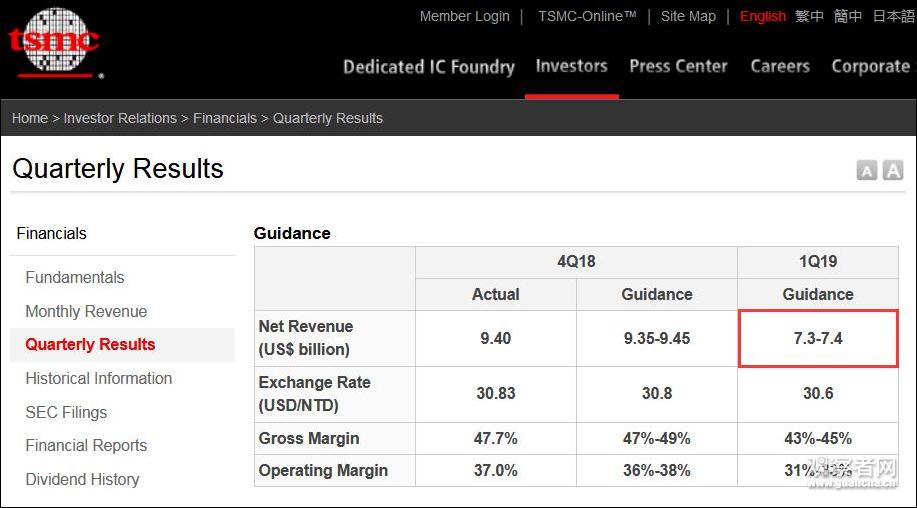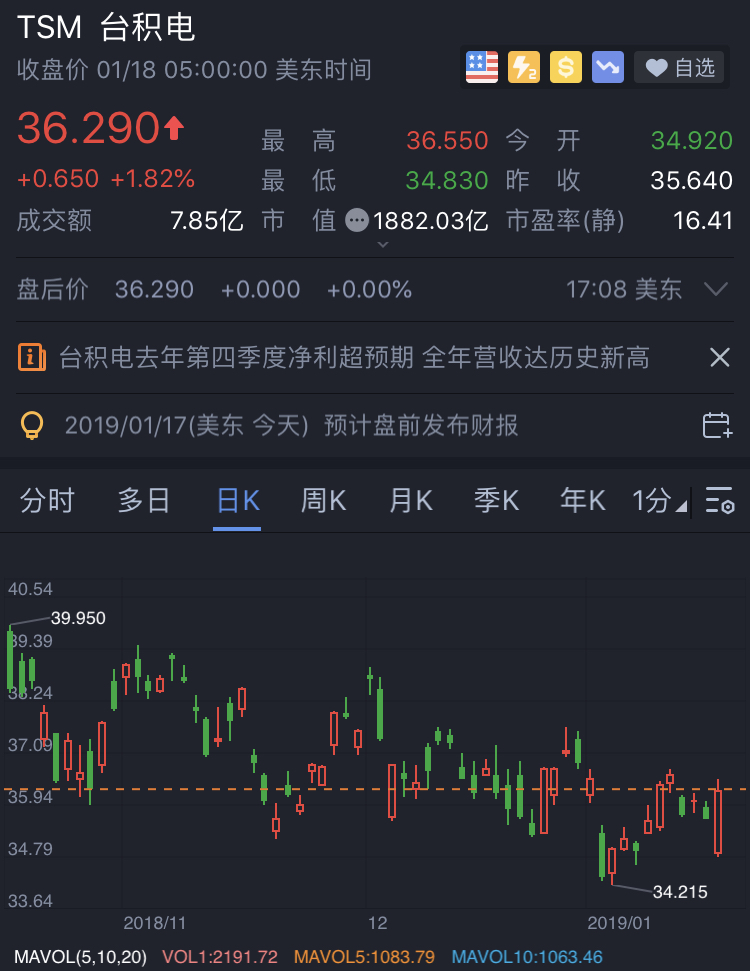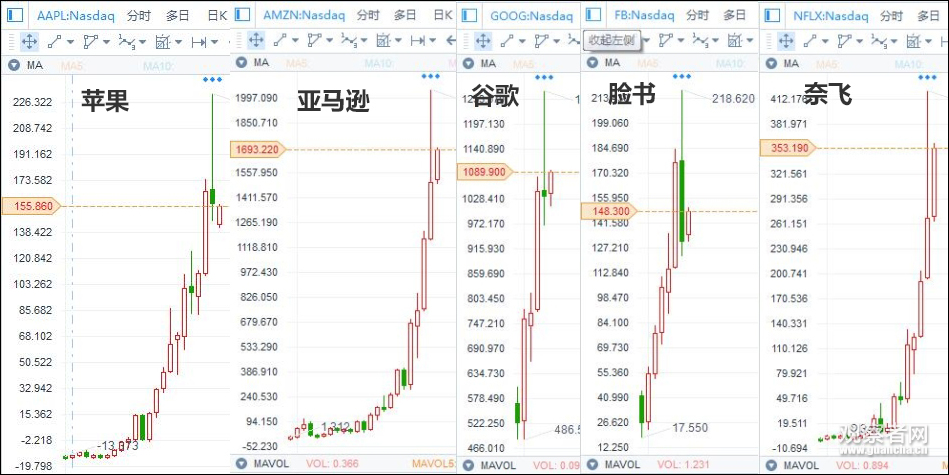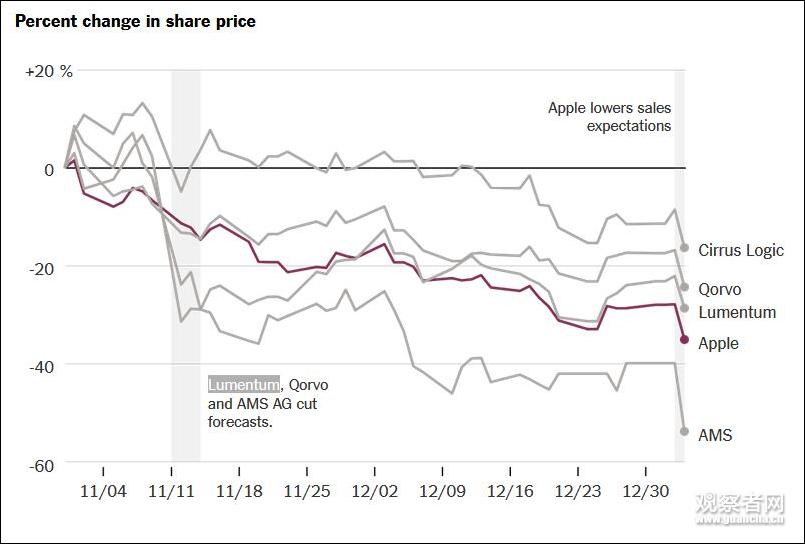Is the hybrid car PK hybrid electric or plug-in hybrid good?
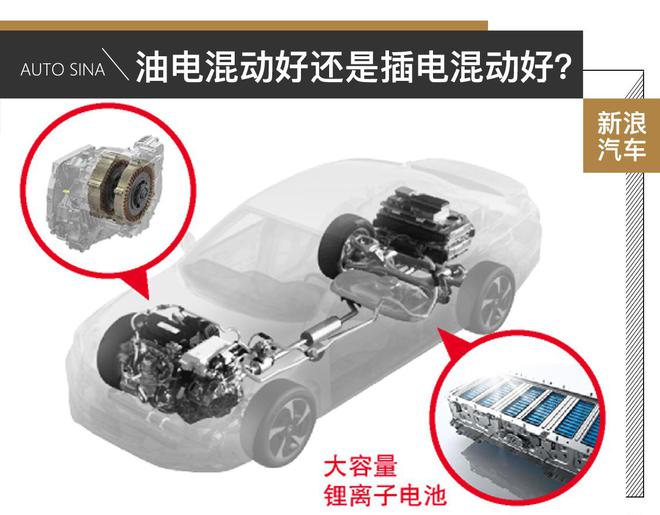
At present, in the mainstream automobile market, in addition to the traditional fuel vehicles, there are also MHEV(48V light hybrid), HEV (oil-electric hybrid), PHEV (plug-in hybrid), REEV (extended range), BEV (pure electric) and FCV (fuel cell). In this field, consumers especially like to use oil-electric hybrid and plug-in hybrid as the first choice for car purchase, so what is the difference between oil-electric hybrid and plug-in hybrid, and which power system is more suitable for the current car environment?
The power system of hybrid electric vehicle is mainly composed of control system, drive system, auxiliary power system and battery pack. This hybrid system does not need to charge the battery. We only need to rely on the waste energy recovery of cars to store the electric energy. As we all know, under the condition of low-speed traffic jam and start-stop in the city, due to the influence of vehicle weight and load, it is often the most fuel-consuming stage of the engine. The advantage of the motor is that the torque at low speed is stronger and the dynamic response is more sensitive. Therefore, the combination of hybrid technology of oil and electricity can greatly reduce fuel consumption while ensuring power performance compared with traditional fuel vehicles.
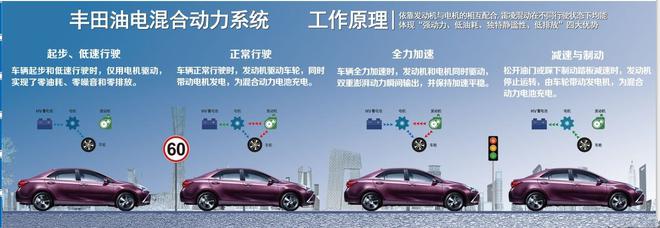
Taking Toyota THS-II hybrid power system as an example, the power of engine, generator and driving motor is mechanically coupled by planetary gear mechanism. When starting and driving at low speed, only the motor is used to drive, achieving zero fuel consumption; During normal driving, the engine is used as the main power to drive the wheels, and at the same time, it drives the generator to charge and convert energy into electric energy; When fully accelerating, the engine and motor are driven at the same time, and the dynamic response is stronger; When slowing down or braking, the engine stops running, and the still rotating wheels drive the generator to recover energy, thus charging the battery.
Another Honda, which is a hybrid electric vehicle, adopts the dual-motor hybrid system i-MMD, which is suitable for being mounted on a medium-sized vehicle (such as the Accord). Different from Toyota’s THS system, Honda’s i-MMD system has a simpler structure, which is combined by the clutch between the engine and the motor.
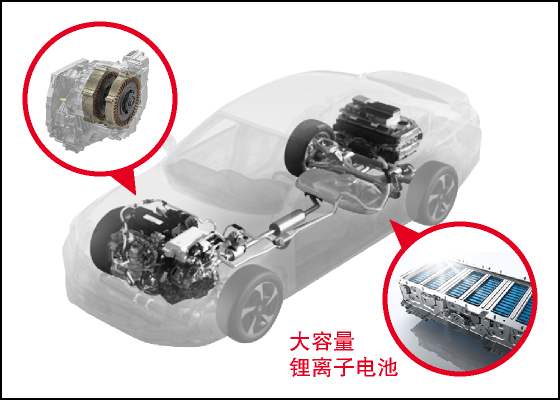
Honda’s i-MMD hybrid system also uses dual motors, and compared with Camry, the motors on the Accord are more powerful. And the whole hybrid system is more inclined to be driven by motor. Under high-speed working conditions, the engine directly drives the car. In hybrid mode, the engine intervenes to charge the motor, and then the motor drives the car. Therefore, the hot hybrid electric vehicles in the market can be roughly divided into THS system of Toyota and i-MMD system of Honda Accord.

The hybrid Accord is because the engine only directly drives the wheels when cruising at high speed, which is equivalent to working only in the highest gear. The driving problems at low speed are all done by high-power motors, which simplifies the driving structure. The hybrid Camry uses planetary gear mechanism to realize the distribution of engine/motor power output. Although they have different working principles, they can have good fuel economy.
I have also tested the eighth generation Camry hybrid and the tenth generation Accord hybrid. When driving in the city, the Accord hybrid is stronger than the Camry hybrid in terms of dynamic response and vibration when the engine is involved.
In a macro sense, plug-in hybrid is also an oil-electric hybrid system, but according to the dependence of vehicles on electric energy, hybrid can be divided into weak hybrid (also known as MILD HYBRID, soft hybrid, micro hybrid, etc.), moderate hybrid, heavy hybrid FULL HYBRID (also known as full hybrid, strong hybrid, etc.) and plug-in hybrid. The Toyota Camry hybrid and Accord hybrid just cited belong to the category of strong mixing.
Compared with the hybrid version, the plug-in hybrid vehicle has a larger battery capacity (generally, it can travel more than 50Km on pure electricity), and provides a better fuel-saving ratio. It belongs to the hybrid vehicle with external power supply, and the main power output lies in the motor. Only after the electric output of the motor is exhausted can the traditional engine be used to travel, and the battery can be charged in time.
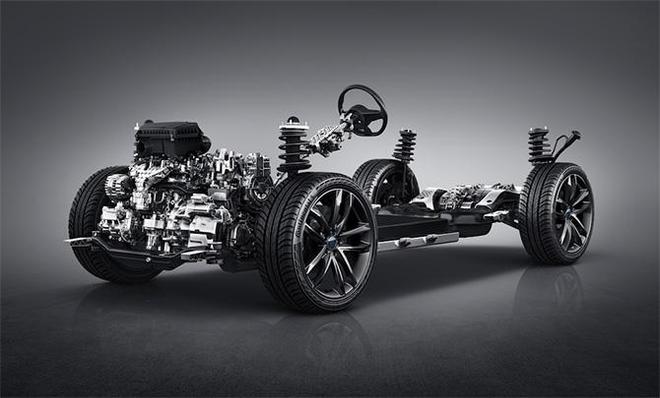
Take BYD Qin Pro DM version as an example. The DM dual-mode plug-in hybrid version will be equipped with a plug-in hybrid system with a 1.5T+ motor, with a maximum power of 113kW(154PS) and a permanent magnet synchronous motor with a maximum power of 110KW and a torque of 250 Nm. The pure battery life of MIIT is 80km. The transmission is matched with a 6-speed dual-clutch gearbox. The official 0-100Km/h acceleration time is 5.9s.
Advantages: Compared with the fuel version, it has higher fuel economy and driving texture.
The main power source of the hybrid electric vehicle is still the engine, but with the assistance of the motor, it can replace the most oil-consuming working condition of the engine. That is to say, when the city is driving at low speed and in congested conditions, the engine rarely intervenes. In most cases, the vehicle is driven by the motor, which avoids the waste of oil consumption when the engine is driving at low speed and the load is high, thus improving fuel economy.
Moreover, compared with the traditional fuel version with the same displacement, with the assistance of the motor, its dynamic performance is more excellent, and the dynamic response is more direct because it depends on the motor at low speed. In addition, at low speed or idle speed, the engine is stopped. Compared with the fuel version, the car is quieter and the driving quality is better.
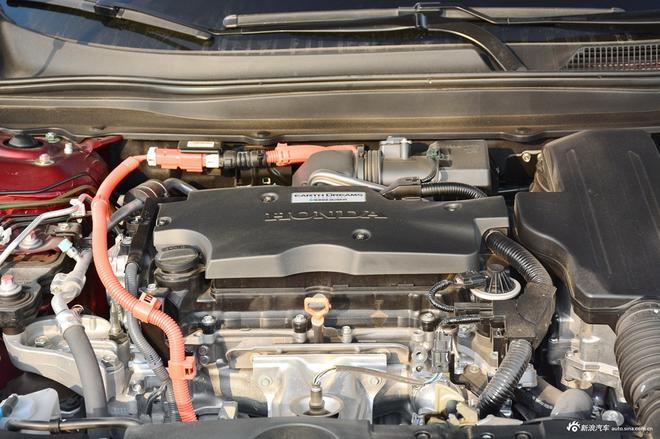
Take the tenth generation Accord Sharp Hybrid as an example, it is equipped with the third generation i-MMD hybrid power system and a brand-new IPU (Intelligent Power Unit). The power system consists of a 2.0L naturally aspirated engine, dual motors, an e-CVT gearbox, a power control unit and a lithium battery. Among them, the 2.0L engine has a maximum power of 107 kW and a peak torque of 175 Nm. The maximum power of the motor is 135 kW, the peak torque is 315 Nm, the comprehensive output power is 158 kW, the acceleration of 100 km is only about 8 seconds, and the official comprehensive fuel consumption is 4.0L/100km.
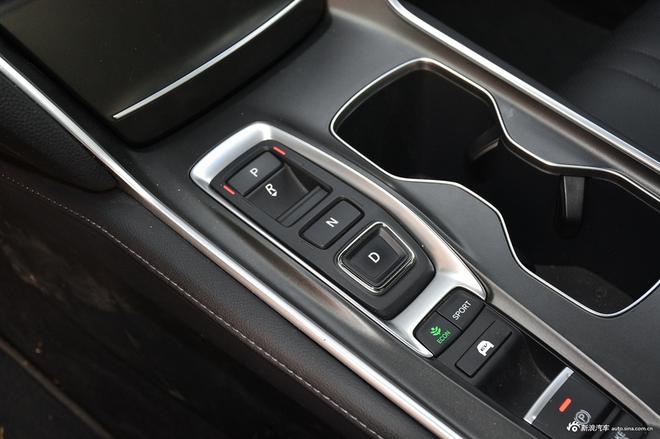
At low speed and idle speed, vehicles and air conditioners and other electronic equipment are driven by motors, and they start quickly. However, in the case of rapid acceleration, the engine and the motor work together, and the engine intervenes smoothly with little vibration. Compared with the fuel version, it has a better and quieter driving texture, and at the same time, the fuel economy advantage is more obvious.
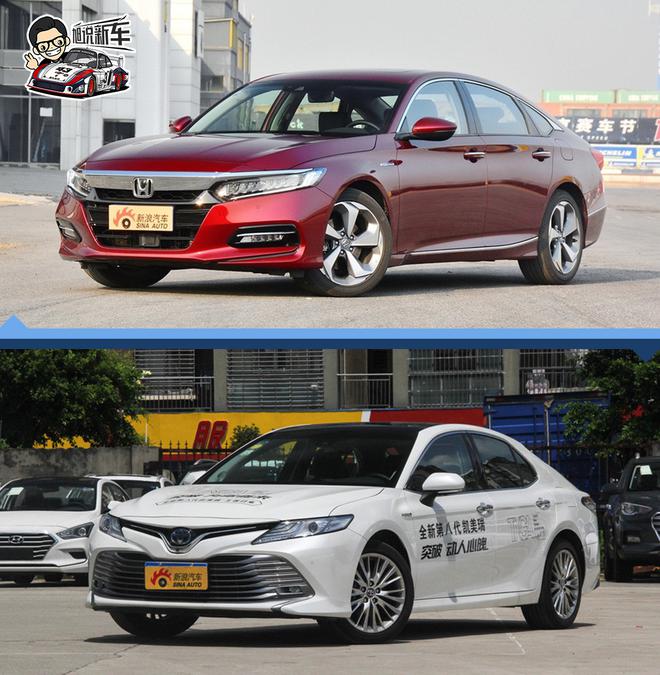
We also take the sales of Camry and Accord as examples. After the 10th Accord went on the market, by the end of the 18th century, the cumulative number of car owners had exceeded 120,000. In the fourth quarter, the average monthly sales of nearly 20,000 vehicles won the overall B-class car market sales champion, while the average monthly sales of Camry, the largest competing product in the same class, was 13,000 vehicles in the fourth quarter.
In addition, in January 2019, the sales volume of the 10th generation Accord terminal was 23,649 vehicles, up 24.9% year-on-year, of which 2,524 vehicles were sharp and hybrid, up 31.3% year-on-year, while Camry sold 19,720 vehicles. It can be seen that the Accord with lower pricing is more favored by consumers, and at the same time, more and more consumers are more willing to buy a more balanced hybrid model of oil and electricity.
Disadvantages: compared with the fuel version, the price is too high, there is no new energy subsidy, and there is no advantage in high-speed fuel consumption.
Compared with the fuel version of the same model, the hybrid version of oil and electricity has a more complicated structure due to the addition of a battery pack, so the cost is higher. Moreover, the hybrid model of oil and electricity will not enter the catalogue of new energy vehicles. To put it simply, the hybrid model is the same as the traditional fuel model and will not enjoy the national new energy subsidy.
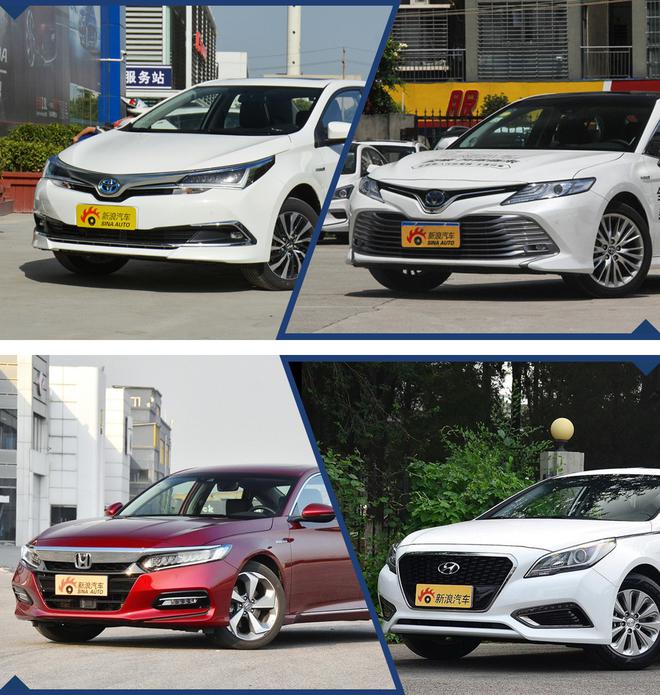
For this reason, we specially selected several models that are popular in the market, namely Corolla, Camry, Accord and Sonata IX. As can be seen from their guide prices, the starting price of the fuel version and the price of the top model are lower than those of the hybrid version, and the price difference of the same configuration model is generally around 30,000 yuan, which makes consumers reluctant to buy more expensive hybrid models.
In addition, the hybrid gasoline-electric vehicle starts running under the condition of continuous and uniform high-speed driving. At this time, because the power of the motor is small, it can’t give full play to its advantages, so the fuel consumption when running at high speed is higher than that in urban areas. However, this is limited to the hybrid version itself, which is still more fuel-efficient than the fuel version at high speed.
Advantages: Zero emission in urban transportation, stronger motivation, license policy in some areas, and national and local new energy subsidies.
Plug-in hybrid models are equipped with larger battery packs. At present, the pure battery life of plug-in hybrid models sold in the market generally exceeds 50Km, which can basically meet the daily commute in urban areas. If you use pure electric mode to commute to work, you can achieve zero emission in urban commuting.
In addition, in recent years, China’s relevant policies have subsidized, encouraged and supported new energy vehicles, and there are new energy vehicle policies in Shanghai and Guangzhou. Plug-in hybrid vehicles can be licensed and enjoy national energy-saving subsidies, and these points have also become the most advantageous parts of plug-in hybrid vehicles.
Disadvantages: charging piles are needed. Fuel consumption is higher when the battery is dead.
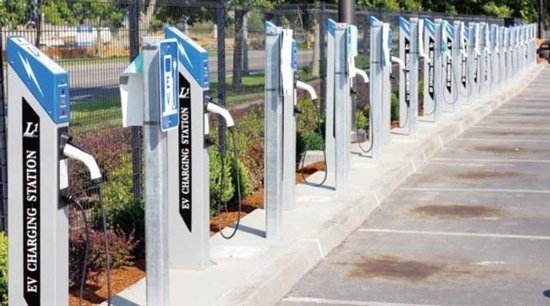
The picture comes from the Internet.
When the battery is fully charged, you can commute as a pure electric vehicle. But when the battery has no battery, it needs a charging pile to charge it. Although there are many charging piles in first-tier cities, the growth rate of these infrastructures is relatively slow. In addition, the proportion of consumers who own private charging piles is still too small, and charging has become a problem for many new energy owners.
For this reason, many owners of plug-in hybrid vehicles only run it as a traditional fuel vehicle. However, because plug-in hybrid vehicles are loaded with large-capacity battery packs, they weigh hundreds of kilograms compared with traditional fuel vehicles, so under the same engine displacement, the acceleration time is slower and the fuel consumption is higher.
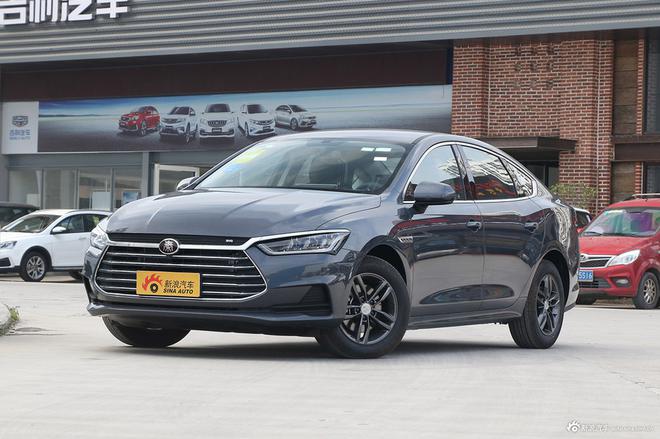
The schematic diagram shows BYD Qin Pro fuel version.
Let’s take BYD Qin Pro fuel version and Qin Pro DM dual-template models as examples. The kerb quality of Qin Pro fuel version 1.5TI dual clutch version is 1360Kg;; The kerb mass of Qin Pro DM double-template model is 1690Kg, and the difference between the two cars is 330Kg, which is equivalent to the weight of four adult males. It can be seen that when the battery is dead, it is equivalent to driving with full load, and the power performance and fuel economy will inevitably decline.
In the current form, the biggest drawback of new energy vehicles lies in the charging speed and cruising range. When the battery capacity reserve and charging technology can not reach the convenience of traditional fuel vehicles, it is wiser to choose hybrid models of oil and electricity and plug-in hybrid models.
Then, if you want to make a choice between hybrid electric vehicles and plug-in hybrid electric vehicles, I personally recommend hybrid electric vehicles besides the policy of sending licenses to local plug-in hybrid electric vehicles. Because this kind of vehicle has the same convenience as the transmission fuel vehicle (just refuel), and it has a great improvement in fuel economy and driving quality compared with the traditional fuel vehicle, so at present, the hybrid version of the vehicle has more advantages.




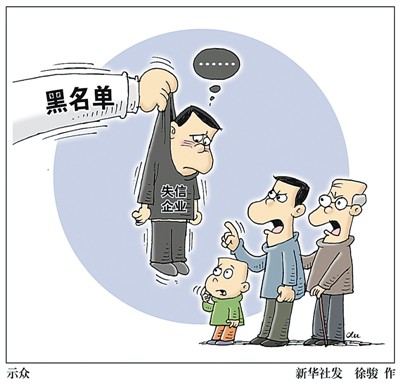

 At present, durian is mainly imported on the market.
At present, durian is mainly imported on the market. In order to sell seedlings, merchants brag about the results of planting in the same year.
In order to sell seedlings, merchants brag about the results of planting in the same year. A seedling of 1980 yuan, the merchant said that it would not be compensated if it died.
A seedling of 1980 yuan, the merchant said that it would not be compensated if it died.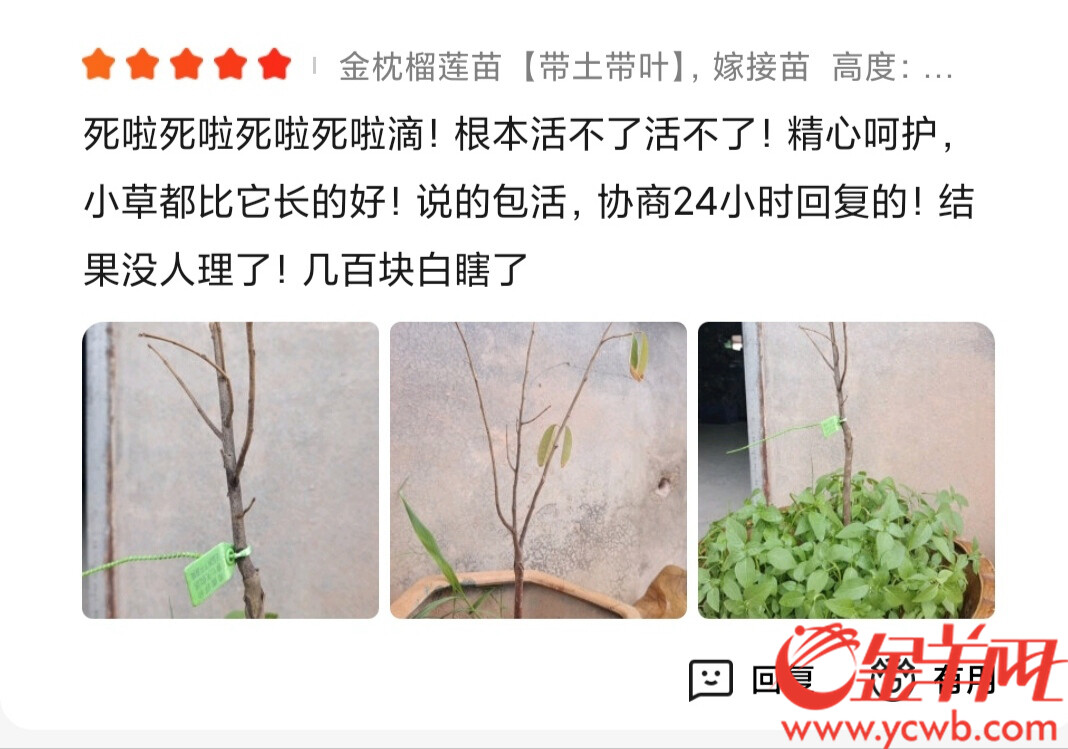 Durian is not cold-tolerant, so it is difficult to grow.
Durian is not cold-tolerant, so it is difficult to grow.